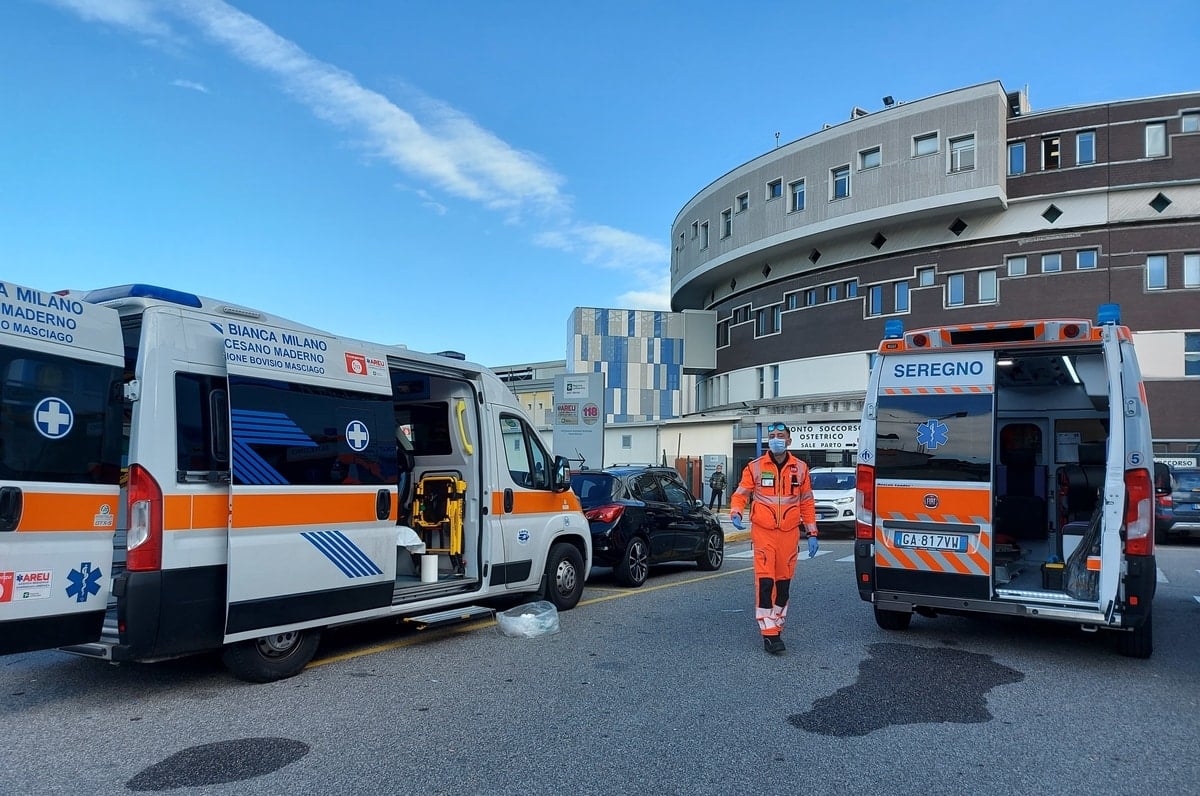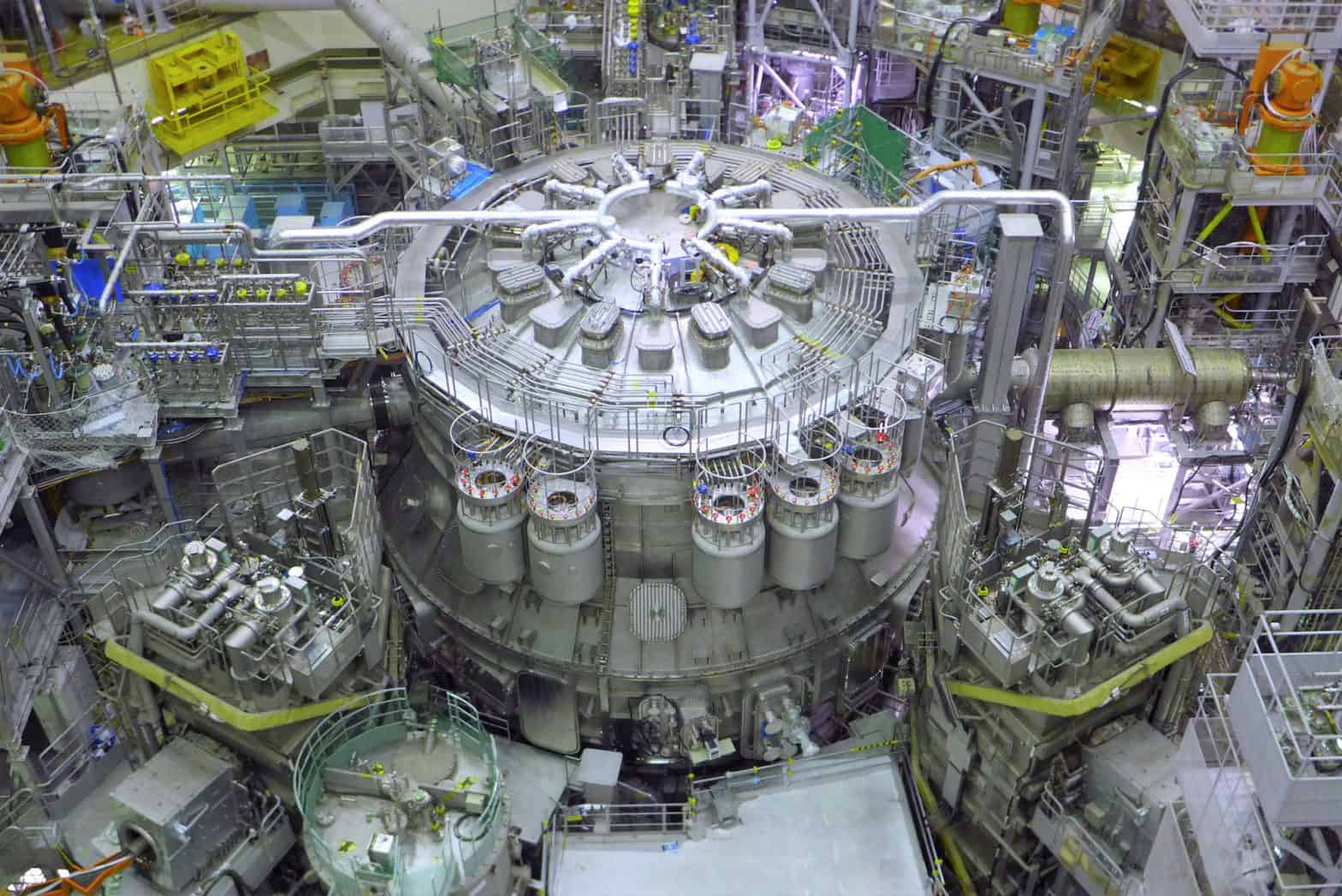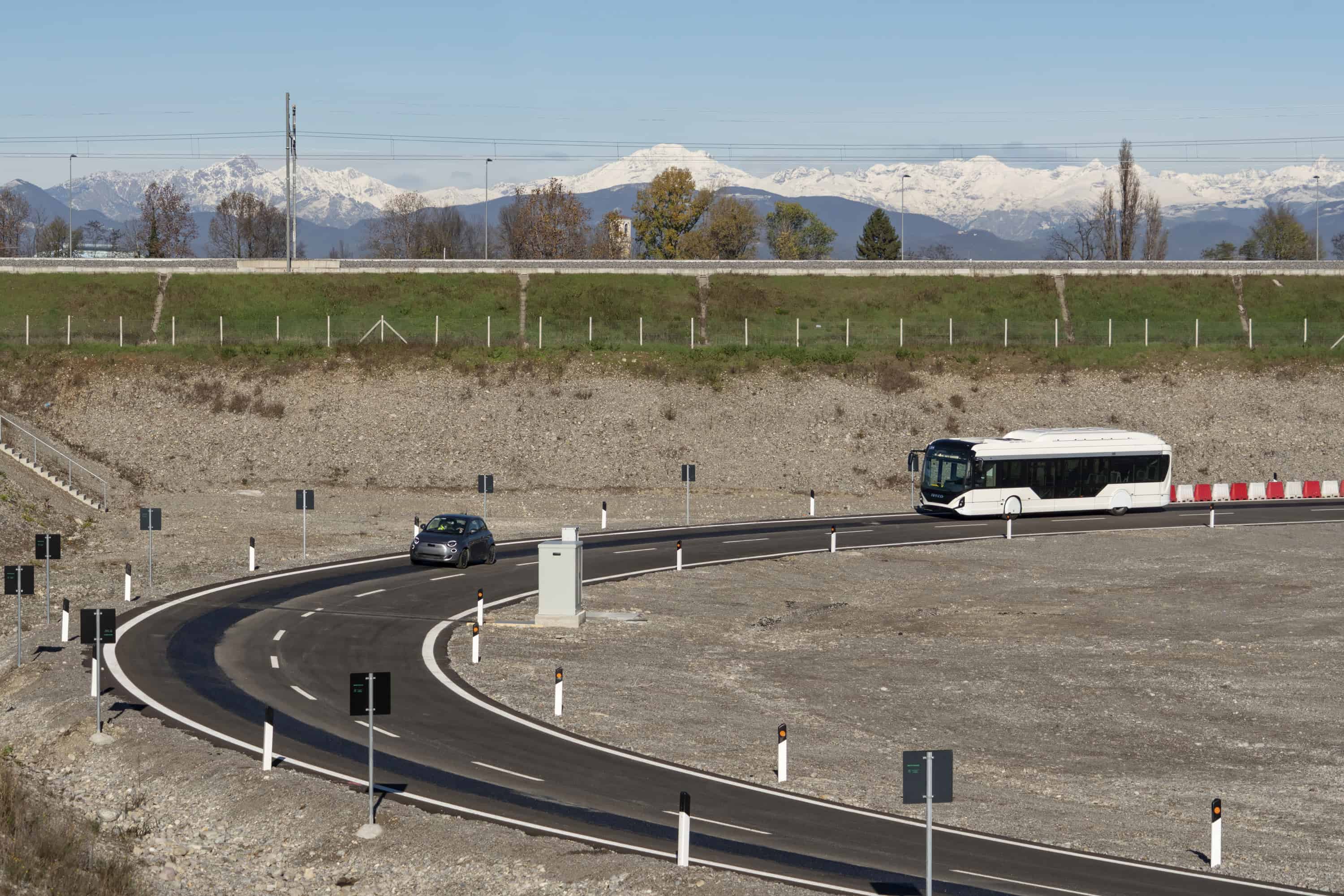
The hospital of the future. The patient-centered hospital. Hospital 4.0 (whatever happened to hospital 3.0?). All kinds of terms for the same thing that everyone has an idea about, but which in practice hardly ever gets off the ground. Which is why we immediately called the person responsible for the ‘Joint Research Healthcare Infrastructures‘ platform when the Polytechnic University of Milan issued a press release about this on Wednesday. The prestigious university is going to collaborate with a group of companies and institutions to design the hospital of tomorrow.
In this kind of hospital, the patient should be the central focus (apparently more than is the case now), the level of productivity is higher and costs are lower. Among other things, the platform predicts that hospital-associated infections will drop by 35 percent, 30 percent fewer staff will experience burnouts, and the average length of hospitalizations will come down by 10 percent. “It is the first time that the future of the ‘physical’ space of the hospital has been looked at collectively,” says Stefano Capolongo, architect and professor of ‘Hospital Design and Urban Health‘ at Milan’s Polytechnic University.

What does the Joint Research Healthcare Infrastructure entail?
“This is an open platform where partners from academia, industry and healthcare institutions work together to design a model of the hospital of the future. Each of the participants has their own approach, but we all share the same goal of making the hospital operate more efficiently, be more sustainable and be able to deliver better care.”
What is the efficacy analysis based on?
“Information, such as abut decreases in staff suffering from burnouts, and the drop in hospital-related infections, all come from scientific literature. The Polytechnic University of Milan has numerous observation centers, practice-based research projects that focus on a topical theme and where, in this case, we are collecting data on health, in order to eventually arrive at an evidence-based design.”
Why do you think that this platform is so unique?
“We have sitting around the table, so to speak, both academic scientists and people from applied science fields in companies such as Philips and Siemens. Moreover, representatives of the bodies that make decisions and set standards are also seated at the table. These include the Italian Institute of Public Health (Istituto superiore di sanità), the Italian Ministry of Health and the regional government (healthcare in Italy is organized regionally, ed.). The Italian Council for Technical Standardization is also present.
When it comes to hospitals, stakeholders tend to mainly discuss economic matters, management, cost control, equipment, etc. But rarely do they ever talk about the actual building. We want all of that – people, management and equipment – to be translated into substantive space, into material space.”
But does the hospital have a future as an inpatient facility?
“There are quite a few people in the field who believe that in the future, hospitals will have no beds. There are already care centers where there is a medical team, but no patients. They are monitored remotely with the help of cameras and online tools. But surgeries and other complicated medical procedures will always be necessary that have to be done in a hospital and that require patients to stay longer.”
Moving on to the key question: what will the future hospital look like?
“We are stepping away from the ‘beds’ standard. Traditionally, hospitals are built based on a fixed number of beds that are assumed to be needed. Instead, our starting point is the volume of care. We look at the procedures that are carried out. For instance, the hospital as I envision it, has a modular structure. Each basic module is reproducible without adversely affecting how healthcare is provided. A hospital can grow in size over time by adding modules. Because each module can be arranged as required, areas can be used differently as needed as well. A room can be an office, but it can also be transformed into a doctor’s suite. Consequently, the hospital of tomorrow is flexible.”
And what about the hospital rooms?
“Rooms are set up to accommodate one person, even if the room is set up for two. If desired, room is also provided for a private caregiver. This system is also good in the event of an emergency, such as a pandemic or after an earthquake.
When it comes to the layout of a room, digitalization is then an item to think about. The digitalization of a hospital not only has to do with data management, as is often thought, but also with the design of hospital rooms. This will help ensure the safety of the patient remotely, such as monitoring the patient’s movements in their bed and their breathing, etc.
But digitalization also implies that the walls of the room, as well as the window surfaces, can be transformed virtually into a different environment, for example, a beautiful landscape or another image that the patient can relate to. It is conceivable that this could have a positive influence on the patient’s recovery.
And one more thing. As many procedures as possible will take place in the hospital rooms. More of the technology will be brought into the patient’s room, and patients won’t have to be brought to “the equipment” as often, with the exception of the operating theater. This will significantly reduce the number of movements inside a hospital and consequently also reduce the risk of infections.”
The hospital also needs to be made sustainable, right
“Sustainability is an important factor in the design of the hospital of the future. The lifespan of a hospital is typically 50 years. The new hospital will be built in such a way that dismantling or reconstruction can be done in a sustainable way.
Then there is the matter of materials, such as the use of antiviral and antibacterial materials. These are available on the market, but are still seldom used. So there are numerous aspects that play a role in the design. For example, we want to incorporate air quality in the hospital as part of an integrated system. At the moment, the only places where air quality is monitored are in the operating theaters, the laboratories and in intensive care. But it is important that it happens everywhere in the hospital to prevent contamination with infections.”
When can we see the first hospital 4.0 in action?
“Our goal is to present a complete design within three years. But I expect to be able to show results within the year. In the next two years we will design the layout in detail. Then it can be put into practice.”
Also read about how Philips thinks we’ll be going to the hospital less often in the future.








